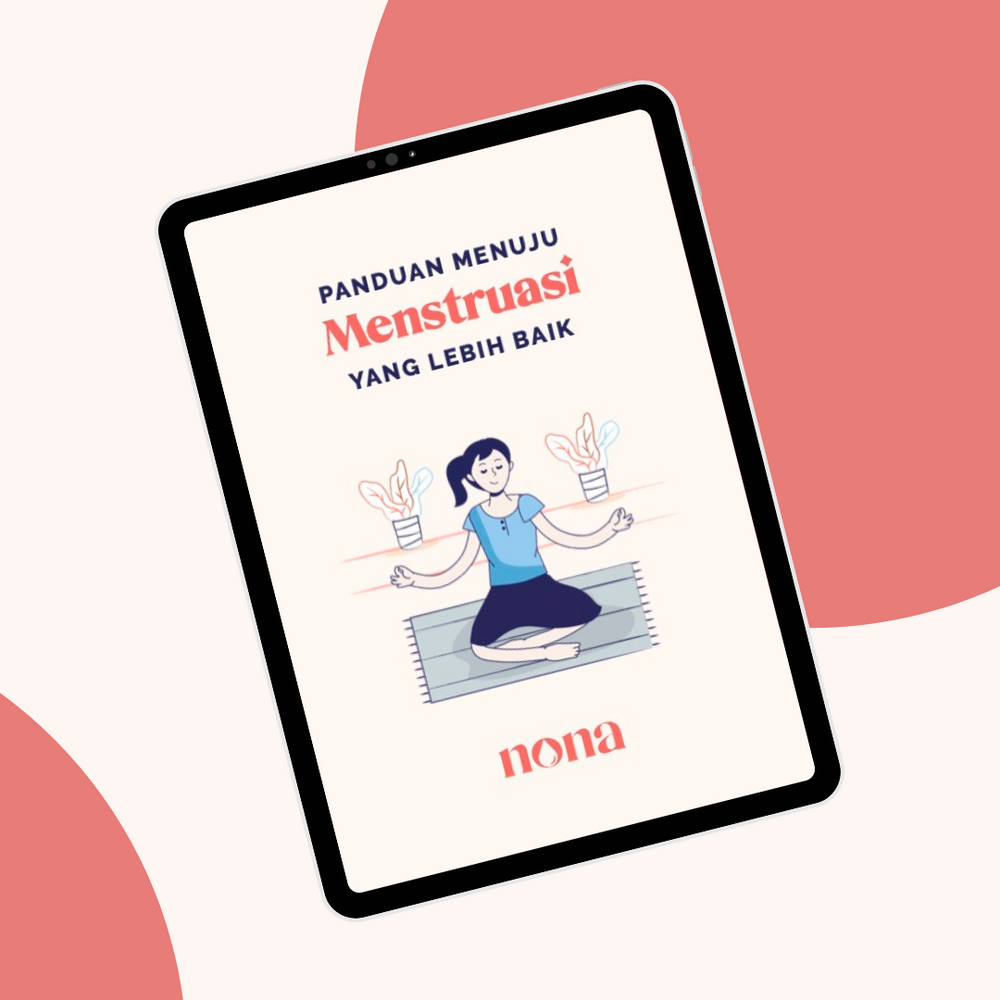It is important for every woman to understand some of the characteristics of ovarian cysts. This problem is a health problem that usually occurs in women, but is often ignored. Then what does an ovarian cyst look like? How to handle it? Does the treatment require surgery? Therefore, let's look at the following information.
Taken from Medical News Today, ovarian cysts are fluid-filled sacs that develop in the ovaries. Size can range from as small as a pea to as large as an orange. Ovarian cysts are usually not at risk and can go away on their own without needing treatment. However, if the cyst does not disappear and instead gets bigger, this should be suspected.
Types of ovarian cysts
We need to know that not all types of ovarian cysts require surgery, because this is based on the type of cyst.
- Functional ovarian
The most common ovarian cysts are of this type. This type of cyst is caused by the menstrual transition and does not cause symptoms of dangerous diseases. Even cysts like this type will disappear by themselves.
- Pathological ovarian
Pathological ovarian cysts is a type of cyst that grows on the ovaries and can cause signs of serious illness, requiring immediate action from a doctor.
The following are the characteristics of ovarian
Usually, small ovarian cysts do not cause serious signs of illness. But if these cysts grow in the ovaries, there are many signs that the sufferer can feel as follows:
- Menstruation is irregular and feels very painful or not very painful in general.
- Pelvis feels constant pain, then spreads to the back if and thighs (usually felt before menstruation starts or ends).
- Pelvic pain that occurs during sex, some women may experience pain and discomfort in the stomach after sex.
- Pain during bowel movements, because there is an emphasis on the intestines during bowel movements.
- Stomach feeling bloated, bruised, or heavy in the stomach.
- Frequent urination, due to the emphasis on the urinary content.
- Hormonal abnormalities, the body produces abnormal amounts of hormones, which cause changes in breast development and body hair.
Besides that, it is possible that some of the characteristics of ovarian cysts can be similar to those of pregnancy. For example, the breasts feel sore and nauseous.
So How Do You Handle It?
How to treat ovarian cysts depends on the age of the patient and the type and size of the cyst. The doctor will probably only do routine monitoring if the cyst is still small and doesn't show any signs. In addition, the doctor will diagnose whether the cyst is classified as benign or malignant.
But if the cyst is getting bigger day by day, surgical removal of the cyst may be possible. It is very difficult to prevent cysts from appearing. However, regular pelvic exams can keep an eye out for ovarian shifts. Examination needs to be carried out if menstruation occurs outside the routine.
References:



Leave a comment